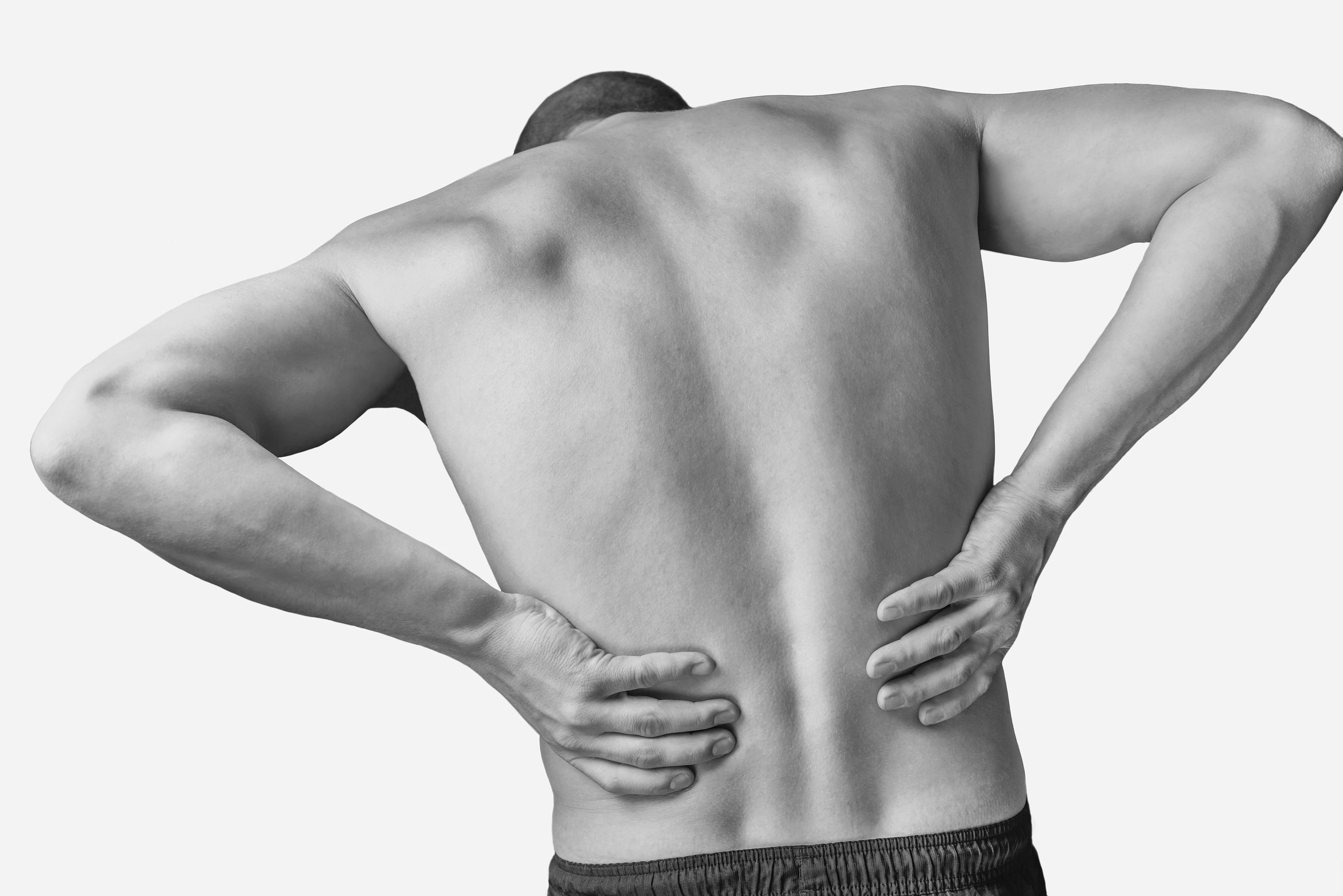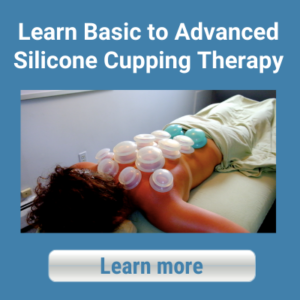We wish we had the magic potion to rid your body of the aches and pains that can occur during the aging process.
While we’re still on a quest for that unique formula, we can help guide you to the causes and solutions to your pain in the meantime.
As we age, the discs in our spines do too. Most of us are born with healthy and well-hydrated discs—Overtime, our discs (which were once mostly composed of water), dry out.
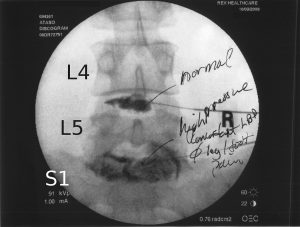
The increased dryness causes the discs to shrink, which can cause pain in our facet joints (the joints in our spine) and narrow the space in the spinal canal, where nerves exit the spine.
The narrowed opening of the spinal canal is referred to as a condition called “spinal stenosis,”
which can cause pain, cramping, weakness, or numbness in the lower back, legs, neck, shoulders, or arms.
Most people who experience the symptoms of Spinal Stenosis are over the age of 50, while signs of Degenerative Disc Disease can often pop up in those who are over 30 years old.
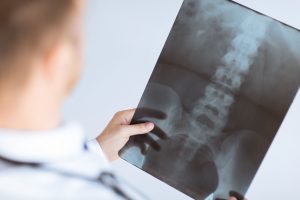
Your doctor can help you distinguish the cause of your symptoms through imaging tests such as X-rays, MRIs, and CT scans, all of which can help determine whether a patient has degenerative disc disease and spinal stenosis.
In addition to the discs drying out as we age, they can develop small cracks as a result of daily activities and minor injuries that contribute to tears in the outer wall of the disc.
Since each disc’s outer wall is close to the nerves, pain may occur from cracks in the discs.
 If the outer wall of the disc deteriorates, the soft, inner portion of the disc can push through any cracks in the outer wall, leading to painful conditions such as a bulging or herniated disc (all of which can impact the adjacent nerves and cause pain, numbness, and tingling).
If the outer wall of the disc deteriorates, the soft, inner portion of the disc can push through any cracks in the outer wall, leading to painful conditions such as a bulging or herniated disc (all of which can impact the adjacent nerves and cause pain, numbness, and tingling).
While discs inevitably degenerate over time, this degeneration does not always cause symptoms or pain. Therefore, the symptoms are what contribute to a diagnosis of Degenerative Disc Disease.
The following three signs and symptoms of Degenerative Disc Disease can help you, and your doctor better determine the cause of your symptoms, so that you can get back on track faster:
Symptom #1: Pain & Stiffness in the Morning
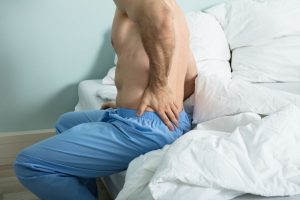
If you get out of bed in the morning with pain and stiffness, particularly in your lower back or neck, you may have Degenerative Disc Disease.
If you have an outdated mattress, uncomfortable pillows, or have made any recent changes to your sleeping position or bed, take note of these other factors if pain and stiffness in the morning is your only complaint.
Symptom #2: Reduced Range of Motion in Your Spine

Have you had trouble turning, bending backward, or bending to the side?
Degenerative Disc Disease may be the cause of these symptoms.
If the range of motion in your spine seems limited, consult with your doctor to see if Degenerative Disc Disease is to blame.
Often, non-invasive treatments such as physical therapy and stretching programs can help bring back a greater range of motion to your spine.
Symptom #3: Pain with Extending Your Spine

Pain with extending the spine is a common and pesky symptom of Degenerative Disc Disease.
You may notice pain while performing a spine-extending stretch or when extending your arms above you to reach something overhead.
As you attempt to lengthen your spine, the stiff back muscles can seize up and feel like your back might “go out”.
Shrunken discs might cause this pain due to the water loss in your discs as you age.
So You Have Degenerative Disc Disease… Now What?
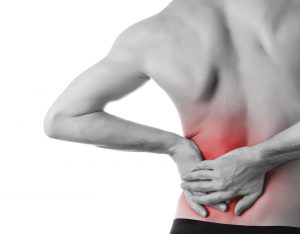
Although everyone’s discs wear down with age, the presence of the above symptoms is what distinguishes this condition from normal, asymptomatic degeneration.
Degenerative Disc Disease is relatively common in people over the age of 40, and can usually be managed in non-invasive ways.
According to the Arthritis Foundation, one of the best ways to treat this condition is by taking a holistic approach.
Physical therapy, modifications to aggravating activities, heat & cold pack treatment, and maintaining a healthy diet and weight are all keys to feeling better, sooner.
The recently published clinical guide, Spine Pain Care, further supports a holistic approach to treatment and advises that patients consider other ways to treat their pain before undergoing surgery.
The clinical guide suggests that surgery should only be performed in more extreme cases, such as when severe disc herniation or degenerative spinal stenosis occurs.
Even then, the guide concludes that physical therapy and a healthy lifestyle are important since the surgery typically only lessens the pain for a few years (Goel et al., 2020).
If degenerative disc disease is not treated early, it may lead to other problems such as hyperkyphosis, a condition that can create an unnatural curve in the thoracic spine that will further limit mobility and increase the risk of falling.
Studies have shown that early intervention, such as performing spine-strengthening exercises and postural training can help to prevent and treat this condition (Katzman et al., 2017)
About the Author:
Dr. Scott Gray is the owner and founder of Back In Motion Sport & Spine Physical Therapy and BIM Fitness and Performance, SW Florida’s premier personal training studio and sports performance training facility.

